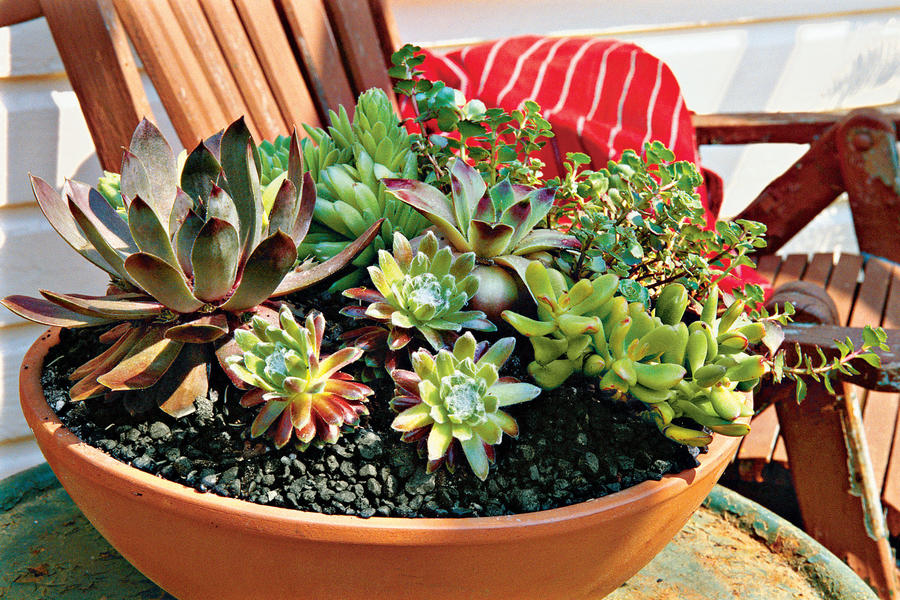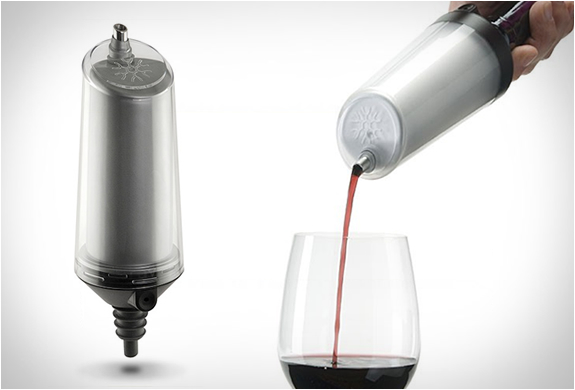If you love houseplants, but don’t love the maintenance, try growing succulents as houseplants! They’re fun to collect and can even be a little addictive.
Adorning the chicest Instagram feeds, present in our favorite magazines and a staple for urban living, succulents are becoming our favorite type of houseplant. They are easy to maintain, easy to propagate, and best of all… succulents are unique and beautiful! Succulents make excellent houseplants because they are very low maintenance – which is especially nice during the long, dry winter months. You know you’ve been curious about them, so go ahead and grab a few on your next visit to the grocer.
Growing Succulents Indoors
Their low maintenance are especially attractive. Succulents store water in their leaves, so they can go much longer between watering than other types of houseplants. Plus, most succulents are more tolerant of being overwatered than cactus plants. And, maybe the best part about them is that if you do overwater them, many succulents can be saved. That’s right, for succulents that can be propagated by leaf or stem cuttings, if they start to rot at the base, you can cut them off above the rot and root them to save the plant.
Most people like to put their succulents outside during the summer, where they will thrive without any help. They need to be brought indoors during the winter, where they also require very little maintenance.
- Light – Most succulents require full sun to grow their best, but some succulents prefer indirect light, and full sun will burn them. If your succulents have started to grow leggy and are reaching for the window, that means they need more light. Move the plant to a sunnier spot, or add a grow light. If the leaves on your succulents that are growing in a sunny window start to burn, move them to a filtered light location. If you move your succulents outside during the summer, be sure to introduce them to full sun slowly in the spring. Moving succulents directly from being indoors all winter to full sun could burn the leaves, which can be fatal for small plants.
- Water – Succulents like to be watered more in the summer than in the winter. They will go into a dormant state during the winter, and therefore will require less water. With succulents, it is best to err on the side of under watering. Consistently overwatering succulent plants will cause them to rot and die. Keep succulents soil on the dry side, and wait until it is completely dry before watering during the winter months. If you are the type of person that tends to overwater plants, put your succulents in a clay pot with drainage holes. Terracotta pots help to wick the moisture out of the soil faster, and overwatering will be less of a risk.
- Succulent Potting Soil – Use a fast draining, sandy soil mix for succulents. You can buy commercial succulent soil made specifically for succulents and cactus plants, or you can make your own. Some gardeners like to make their own soil, using a mix of perlite, sand and potting soil, which tends to be cheaper than buying the commercial succulent soil.
- Succulents Pests – Healthy succulents don’t have many issues with pests, but sometimes aphids, mealy bugs or scale can be a problem. Be cautious using sprays and oils to control pests on succulents. Some of these products can do more damage to the plant than the pest does. If you use soapy water or rubbing alcohol to kill pests, be sure to rinse the leaves after treatment. If you use a commercial product, do some research to be sure the product is safe to use on succulents.

Succulent Propagation – Many succulents can be propagated by leaf or stem cuttings. Several other types of succulents can be propagated by division. The key to successfully propagating succulents from cuttings is to keep the soil on the dry side, but the air around the cutting humid. Succulent cuttings can rot easily, so be sure to use a sand and perlite mixture to root the cuttings. To increase your changes of success, dip the succulent cutting in rooting hormone before sticking it in dirt. Rooting hormone helps the cuttings grow roots.









